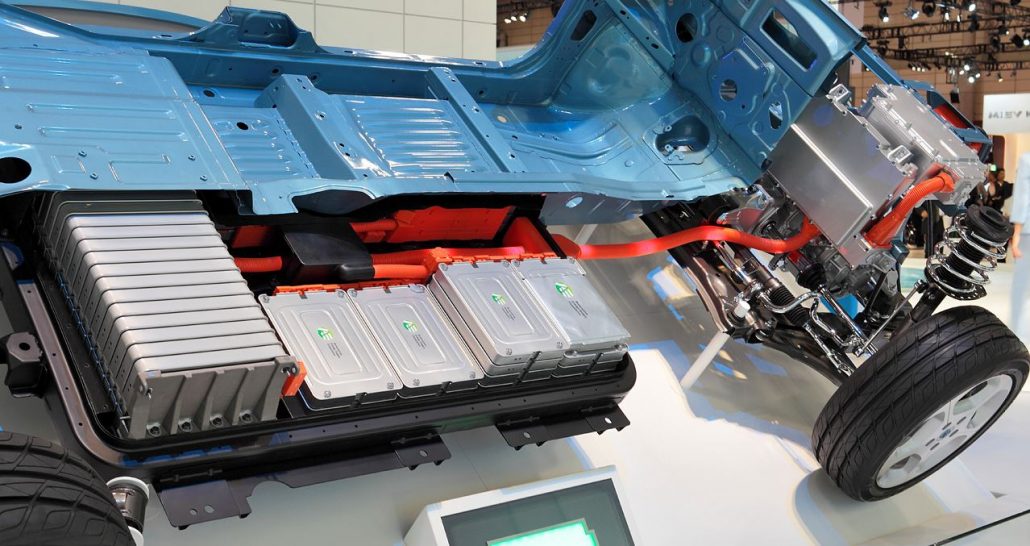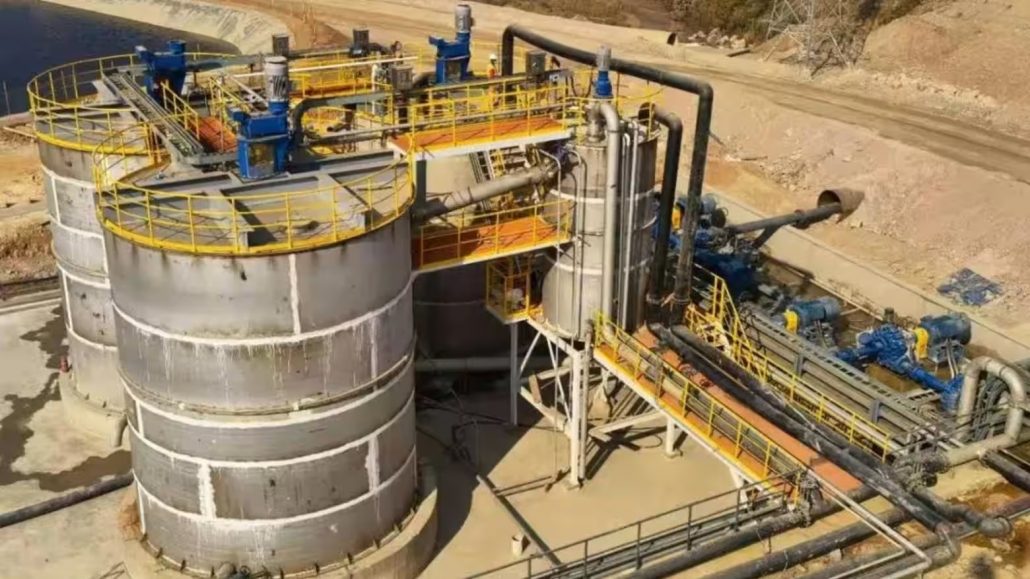
Gotion Predicts LFP and LMFP Batteries to Dominate EV Market in 2-5 Years
Gotion, a leading Chinese battery manufacturer, predicts that lithium iron phosphate (LFP) and lithium manganese iron phosphate (LMFP) battery chemistries will dominate the global electric vehicle (EV) battery market within the next 2 to 5 years. Speaking at the ASEAN Battery Technology Conference in Singapore on August 21, Chen Qian, Gotion’s President of Asia-Pacific, projected that these battery types could capture nearly 70% of the global market share, with nickel-cobalt-manganese (NCM) batteries making up the remainder.
Qian emphasized that LFP battery technology is poised to surpass even the International Energy Agency’s (IEA) forecast of 80% dominance in the energy storage systems sector. He attributed this trend to advancements in the range of LFP batteries and the growing demand among EV consumers for faster charging capabilities. Qian noted that NCM batteries would likely be relegated to high-performance and ultra-long-range vehicles.
The shift, which has already started to impact the nickel market, is gaining momentum among domestic battery manufacturers. These companies are banking on the cost-effectiveness of LFP batteries to meet the strong demand for more affordable EVs. For instance, Samsung SDI and SK On are preparing for mass production of LFP batteries by 2026.
In response, LG Energy Solution (LGES) recently secured a contract to supply 39GWh of LFP batteries to Ampere, Renault’s EV division, from 2025 to 2030. LGES plans to transition to LFP batteries for U.S. energy storage projects after initially supplying NCM batteries.
Expanding the Two-Wheeler Market
Gotion also anticipates a significant shift towards LFP and LMFP batteries in the global two-wheeler EV market, which has traditionally relied on NCM batteries. Qian noted that cost reduction will be critical in major two-wheeler markets across the Asia-Pacific region, including India, Indonesia, and Thailand.
India, where two-wheeler EV sales surged by 30% during the 2023-24 fiscal year to a record high of 944,126 units, is poised for further growth. Similarly, Indonesia aims to deploy 2 million electric motorcycles by 2025 and increase that number to 13 million by 2030. The Indonesian government has introduced a $458 million subsidy program to incentivize the adoption of electric motorcycles.
The Philippines has also outlined an electric vehicle roadmap, emphasizing the low upfront costs of electric tricycles and motorcycles. The country aims to achieve a 50% market share for electric motorcycles and tricycles by 2030 and increase it to 60% by 2040.








Leave a Reply
You must be logged in to post a comment.